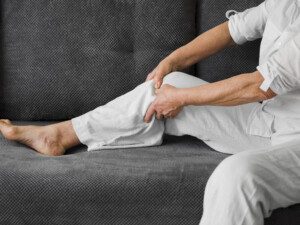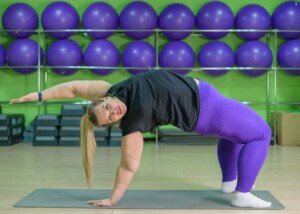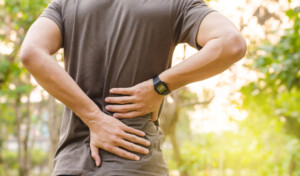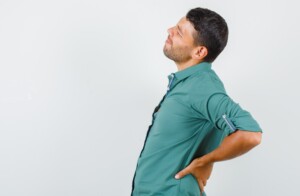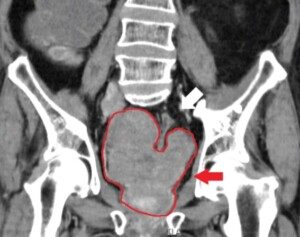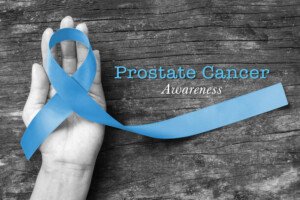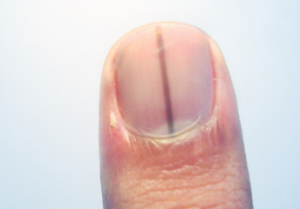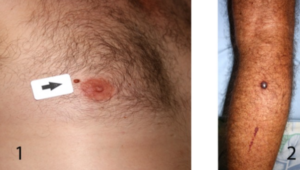It may seem intuitive to resign to a sedentary life if your knees hurt from osteoarthritis, but the best thing you can do is GET MOVING via aerobic exercise.
If that recliner chair keeps calling your name, tell it to stuff it and put on your walking shoes.
A study published in The BMJ looked at more than 15,000 people and found that cardiovascular exercises like walking and pedaling are the most effective (and safest) ways to ease pain and boost mobility.
Other forms of exercise still help such as yoga, but none performed better overall than did aerobic activity for long-term results.
Diagnosed with osteoarthritis?
Osteoarthritis happens when the cartilage that cushions your joints wears down, leading to stiffness, swelling and pain — and the knees are usually hit the hardest.
Around 30% of adults over 45 show signs of it on X-rays, and roughly half of them deal with real pain or trouble moving around.
In years past, the recommendation was to “take it easy” and lead a life of inactivity, to avoid prolonged walking as much as possible.
That changed over time, with physicians urging patients to move more.
But then the question became: Which exercises are best?
How the Study Was Done
To figure it out, scientists analyzed data from 217 clinical trials done between 1990 and 2024.
Altogether, those studies included 15,684 participants and compared different types of exercise — aerobic, strength, flexibility, mind-body, neuromotor and mixed routines — to see which made the biggest difference.
They measured pain relief, mobility, walking ability and overall quality of life over time, checking results at four weeks, 12 weeks and 24 weeks.
And the results?
Aerobic (cardio) exercise came out on top, across the board.
The researchers found moderate-certainty evidence that activities like brisk walking or pedaling not only reduced pain in the short- and mid-term — but also improved function and quality of life well into the long-term.
People also walked more efficiently and felt more capable in their everyday life.
That said, other exercise types weren’t useless.
Mind-body routines such as yoga and tai chi showed some short-term improvements in function.
Neuromotor training helped with balance and gait, and strength or mixed programs provided mid-term benefits.
Still, aerobic movement consistently offered the biggest and broadest payoff.
Listen to Your Body
Choose an aerobic activity that you think you can stick to.
For instance, pedaling might be your thing. This could be a bike or some form of pedaling machine at a gym.
If you prefer walking, you can increase your daily steps by walking your dog more often or for longer distances.
Or how about joining a walking club or taking brisk walks inside the local mall before it gets crowded?
You can also take a low impact cardio class.
The researchers did point out a few limitations in their investigation: Some studies were smaller, long-term data was a bit thinner, and not all comparisons were direct.
Even so, this review is one of the most comprehensive probes yet at how exercise helps with knee osteoarthritis.
![]()

